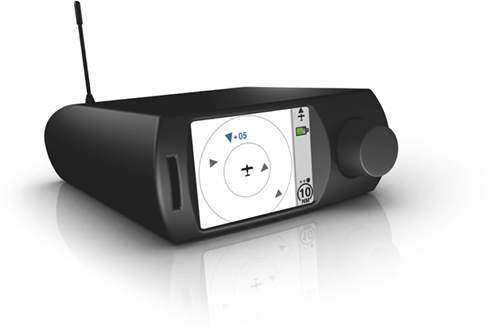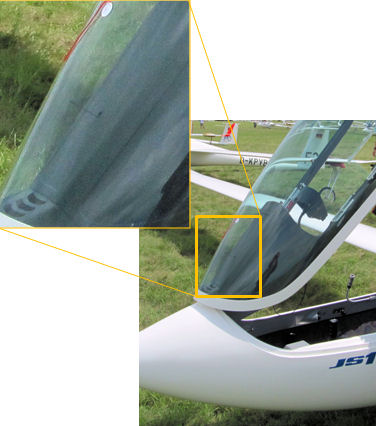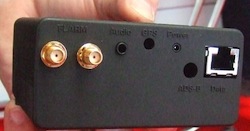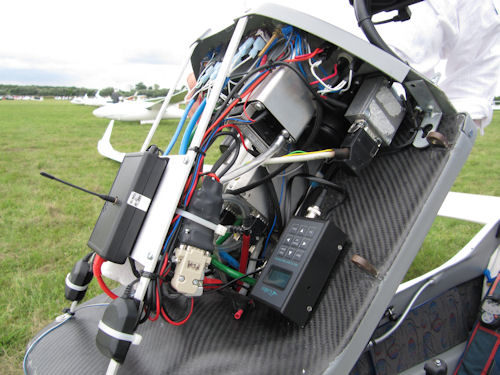
Installation
Editor's Note: This page is undergoing a major rework ... monitor the recent changes page to look out for updates. WE
 PowerFLARM is designed to provide a very simple installation into club aircraft where it may go in and out with velcro mounts given the internal antennas and battery power. It also supports more permanent installations in private aircraft, possibly using separately mounted GPS and VHF antennas and external power from the aircraft battery. In addition, there is a data out cable to allow use of external displays and connections to flight computers and PDAs. This page will attempt to describe some of the possibilities.
PowerFLARM is designed to provide a very simple installation into club aircraft where it may go in and out with velcro mounts given the internal antennas and battery power. It also supports more permanent installations in private aircraft, possibly using separately mounted GPS and VHF antennas and external power from the aircraft battery. In addition, there is a data out cable to allow use of external displays and connections to flight computers and PDAs. This page will attempt to describe some of the possibilities.
The simplest installations for the FLARM classic were simple mounts to the top of the panel as shown below. It is easy to imagine a similar installation for the PowerFLARM shown above. Daryl Ramm has made a paper template for people to cut out, fold and turn into a model that they can try in their cockpits.
... need a picture of a PowerFLARM installation ...
Behind the Panel Installations
WE installed the FLARM classic under the suncreen behind the panel and will do the same with the PowerFLARM. The FLARM unit was mounted under the panel suncreen so only the antenna was visible. Flights can declared into the FLARM with the SN-10 or with ConnectMe on the Oudie as well as download flights. The canopy does not have to be removed to get to the IGC-approved log files.
 |
Below: FLARM is attached neatly under the panel with only the VHF antenna visible above the sunshield in the picture to the left.
|
Note: Proper installation of the system is critical to ensure the antenna positioned well allowing for good send and receive capability of the FLARM-to-FLARM messages. The radio range can be checked withthe FLARM online radio range analyzer. This tool allows you to upload an IGC file from the PowerFLARM installed in your glider and plot the maximum range recorded by the PowerFLARM during that flight. This means that another glider with a PowerFLARM (or FLARM if not in the US) must have been detected in many different geometries. That is, since the PowerFLARM message contains GPS position and altitude of PowerFLARM sending the message, your PowerFLARM records in the IGC file the postion of the received message. Look at the Installation Issues page to understand this better.
 Once the unit has been installed, external power can be provided with the supplied cable. The FLARM Installation Instructions provide all the needed information for connecting the power to the unit. [Editor's note: At this time, there is not a PowerFLARM specific installation manual to reference.] The picture to the right shows the GPS and VHF antenna connectors, power and data out. In addition, the GPS data and FLARM specific messages can be sent to your flight computer or PDA using the data out port.
Once the unit has been installed, external power can be provided with the supplied cable. The FLARM Installation Instructions provide all the needed information for connecting the power to the unit. [Editor's note: At this time, there is not a PowerFLARM specific installation manual to reference.] The picture to the right shows the GPS and VHF antenna connectors, power and data out. In addition, the GPS data and FLARM specific messages can be sent to your flight computer or PDA using the data out port.



